We left Doi Mae Salong this morning and what I hadn’t seen in last night’s darkness was the big sign on the hillside reminiscent of the Hollywood sign at home. Of course this one was overlooking a lovely valley, some mountains beyond and a tea plantation. We visited the 101 Tea Plantation nearby for some oolong tea tasting, which was much like wine tasting only without the alcoholic buzz. And barely a caffeine buzz as the tea was mostly of the green variety. Their approach to cultivating the tea leaves was new to me — after drying they knead it into little peppercorn size balls. And then when they steep in hot water the leaves unfurl and work the same way.
From there we made a stop at Manee Dheva Resort for a coffee break, but mostly because it was a lovely photo op set among rice fields. The sun was high and it was a lovely spot to break from the tourist sites and the time in the van.
Then onto Mae Sai, the northern most district in Thailand, abutting Myanmar (which they tend to call Burma here). A quick visit to a temple called Wat Phra That Doi Wao overlooks Myanmar, and is known as the Scorpion Temple. Legend has it that a Burmese king once kept scorpions there as pets. We climbed 209 steps up, along a handrail depicting Raga (the 7 headed snake-like creature). In other encounters with Raga (in Cambodia mostly), there wasn’t a second creature about to eat the snake — see the crocodile at the base of this version.
The bridge to Myanmar is in Mae Sai, and many Thai cross the river for the duty free goods and less expensive cigarettes. Because the Thai drive on the left, and the Burmese on the right, you could watch as cars switched lanes halfway across the bridge. There was a market on the Thai side that sold lots of Chinese imported, (and likely counterfeit) goods — tee-shirts, backpacks, toys etc. And there were several stands with laquerware and jade from Burma.
Then it was off to the official spot of the Golden Triangle, known for the spot where geographically Thailand, Myanmar and Laos all meet, and a spot where the Mekong and Ruak rivers meet and where you can see all three countries. Of course it is best known as being one of the world’s most extensive poppy producing areas since the 1950’s. The surrender of the drug warlord Khun Sa in 1996 was heralded as a great victory in the effort to reduce the opium cultivation, but with many of the hill tribes in all three countries living below the poverty line, there is still a great deal of this illicit activity going on. It appears that it is mostly based in Myanmar now, as the Thai king has been credited with encouraging many of the Thai tribes to switch to other cash crops.
Poppy cultivation in Burma decreased more than 80 percent from 1998 to 2006 following an eradication campaign in the Golden Triangle. Officials with the United Nations Office of Drugs and Crime say opium poppy farming is now expanding citing corruption, poverty and a lack of government control as causes for the jump. Most of the heroin produced ends up coming into the US by courier through Hawaii and California. Jeez. A stop at the Opium House Museum provided the history and the culture of smoking opium, and displayed pipes and other accoutrements of the activity.
We took a boat across to Laos, and that was mainly to say we did. There was a tourist market on the other side, selling the same stuff we’ve seen in other markets, with the exception of the whiskey with cobras and scorpions in the bottles. And the vendors were more aggressive and the children begged, and I found it all very depressing. While there is certainly evidence of poverty in Thailand, it has been much less dire than what I saw in Cambodia and Vietnam. Laos, just across the river from Thailand, and with a casino nearby, seemed much more struck by the devastation of low income. Watching a 4 year old walk around with an infant on his hip, and a 3 year old with a cigarette in hand was almost too much to take.
Another hour plus in the van and we arrived in Chiang Rai, founded by King Mangrai in 1262 and became the capital of the Mangrai Dynasty. Subsequently, Chiang Rai was conquered by Burma and remained under Burmese rule for several hundred years. It was not until 1786 that Chiang Rai became a Chiang Mai vassal. Siam (Thailand) annexed Chiang Mai in 1899, and Chiang Rai was proclaimed a province of Thailand in 1933.
There was a night bazaar to go to, but I bailed on that activity and had some pad thai in the hotel restaurant. It was a long day.
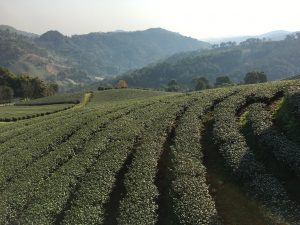
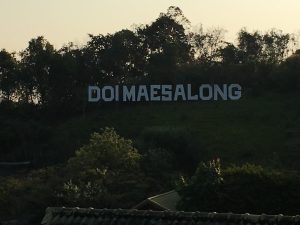
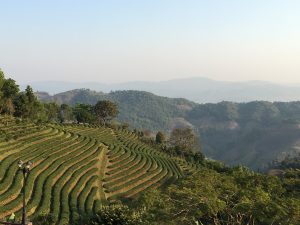
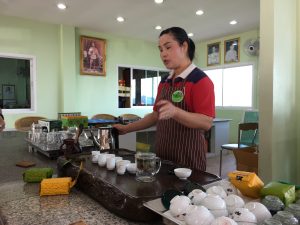
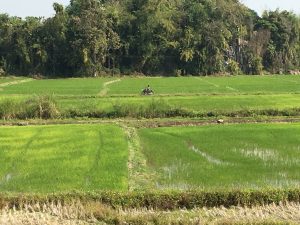
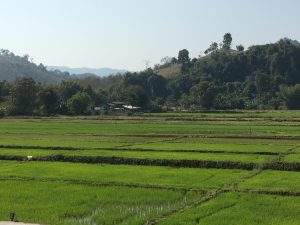
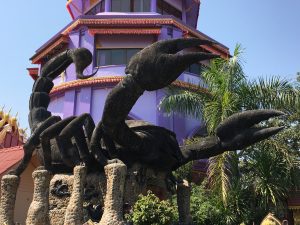

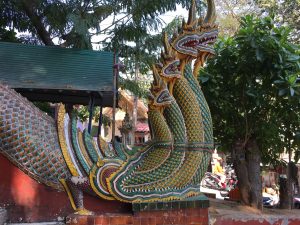
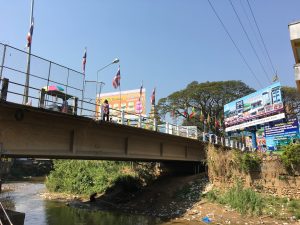
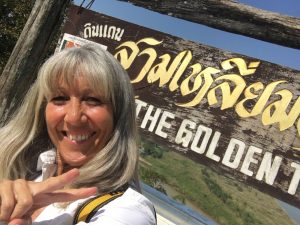
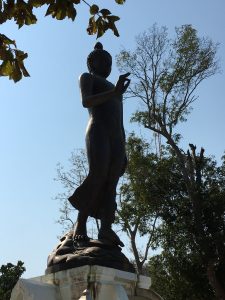
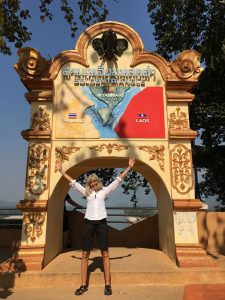

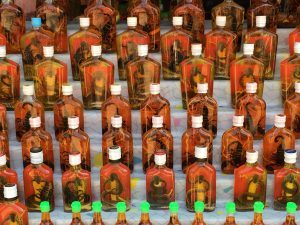
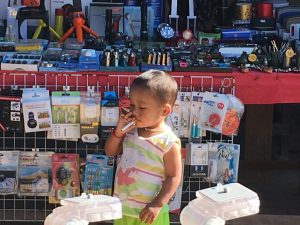
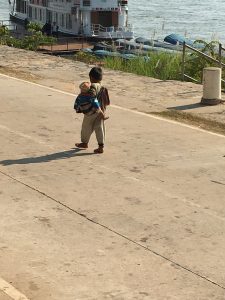
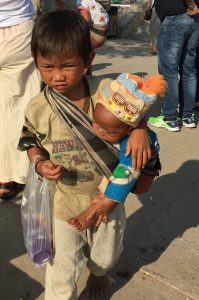
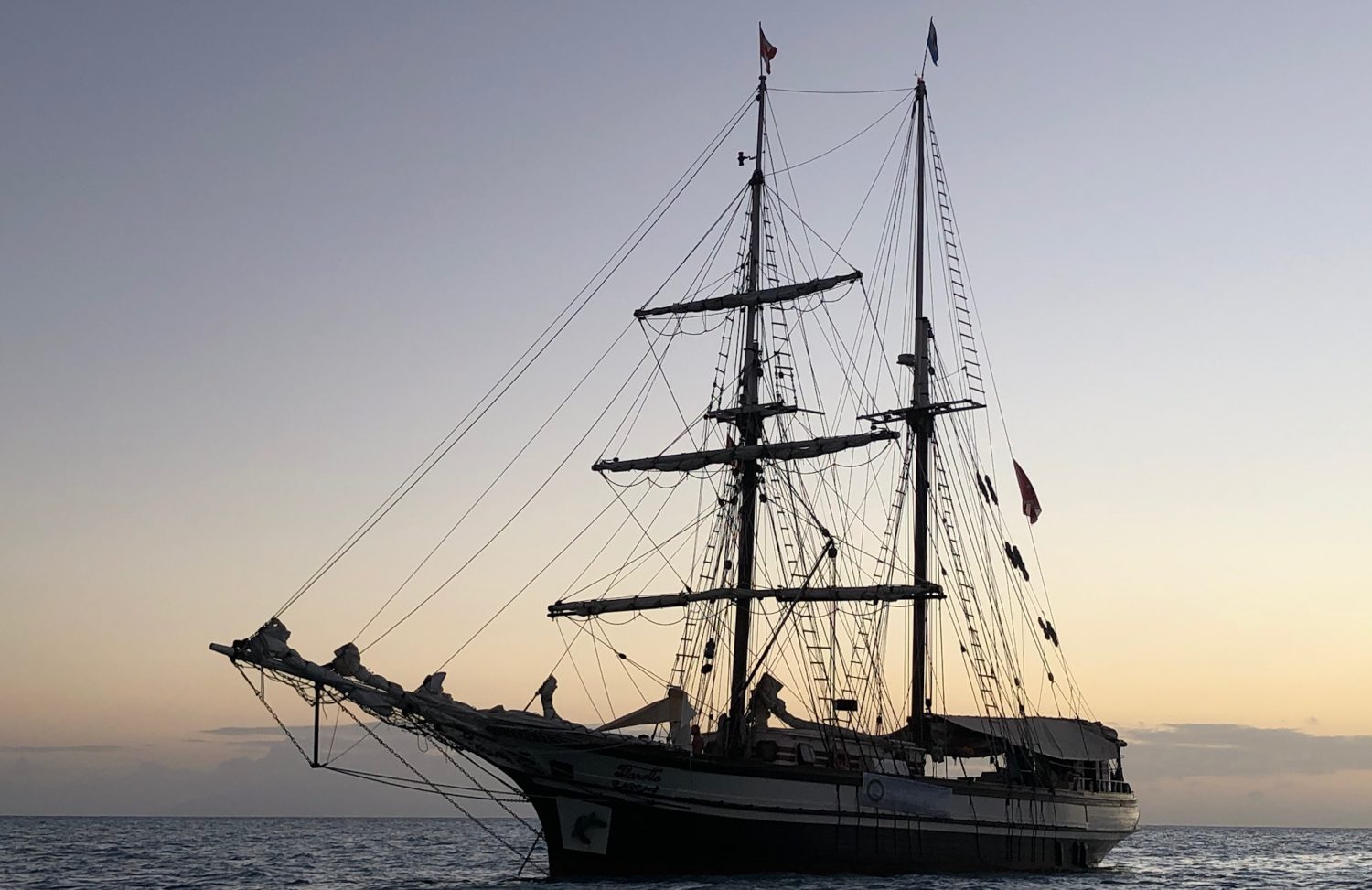
What are the other crops that replaced the poppy crops / Thai opium trade? I wonder if there is a way we can be consumer-aware and supportive?
Love the last picture. Kids where you are vs American kids daily lives constantly stirs me in your photos.
xoxoxo
Cabbage and Tea. (Cabbage is also linked to the Cabbages and Condom name choice). And some mushrooms. Nothing that’s exported though. All domestic consumption. The Royal Project is well known and has worked pretty well in the rural and poor northern areas of Thailand… it’s Myanmar and the corrupt military there that’s a real issue apparently.